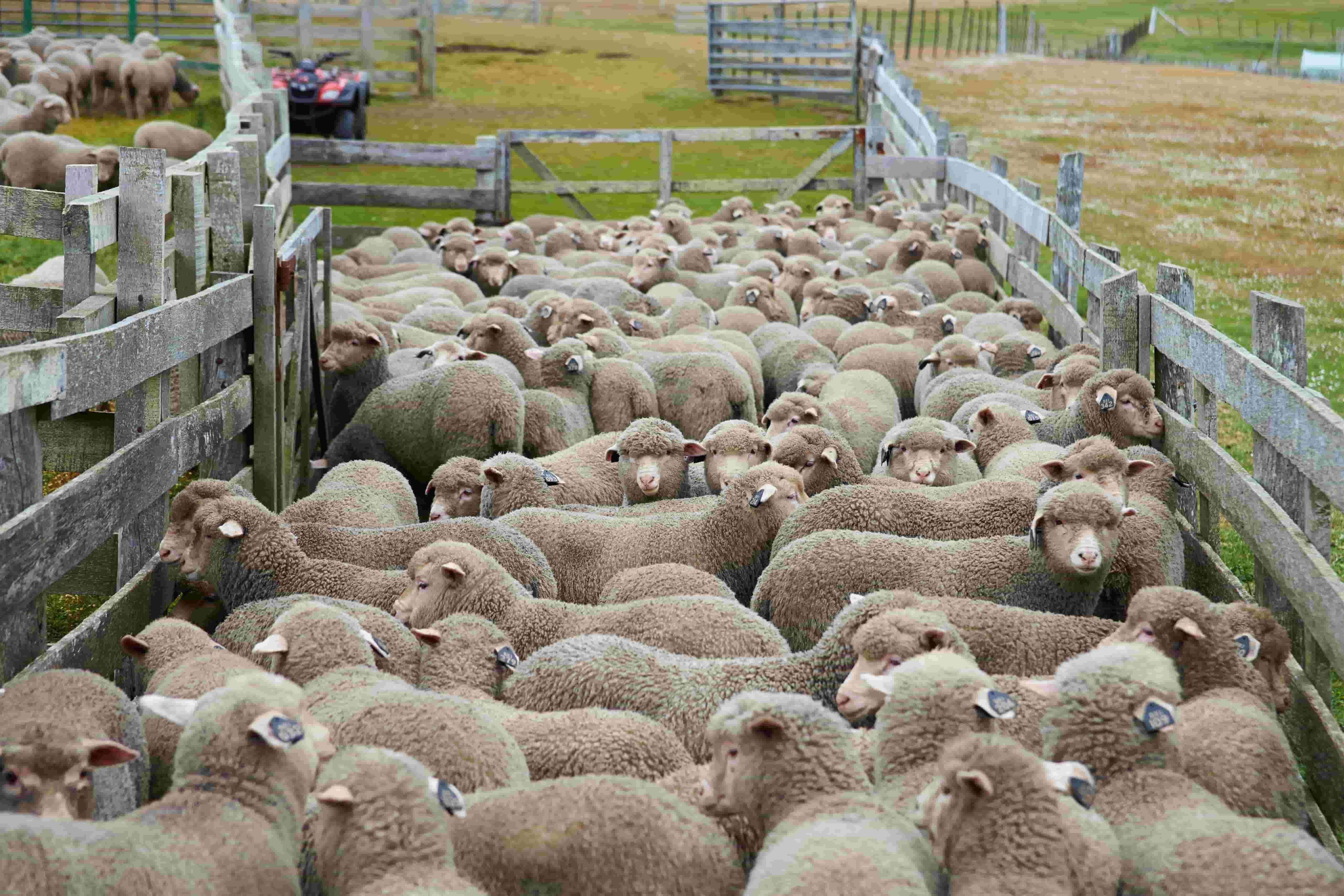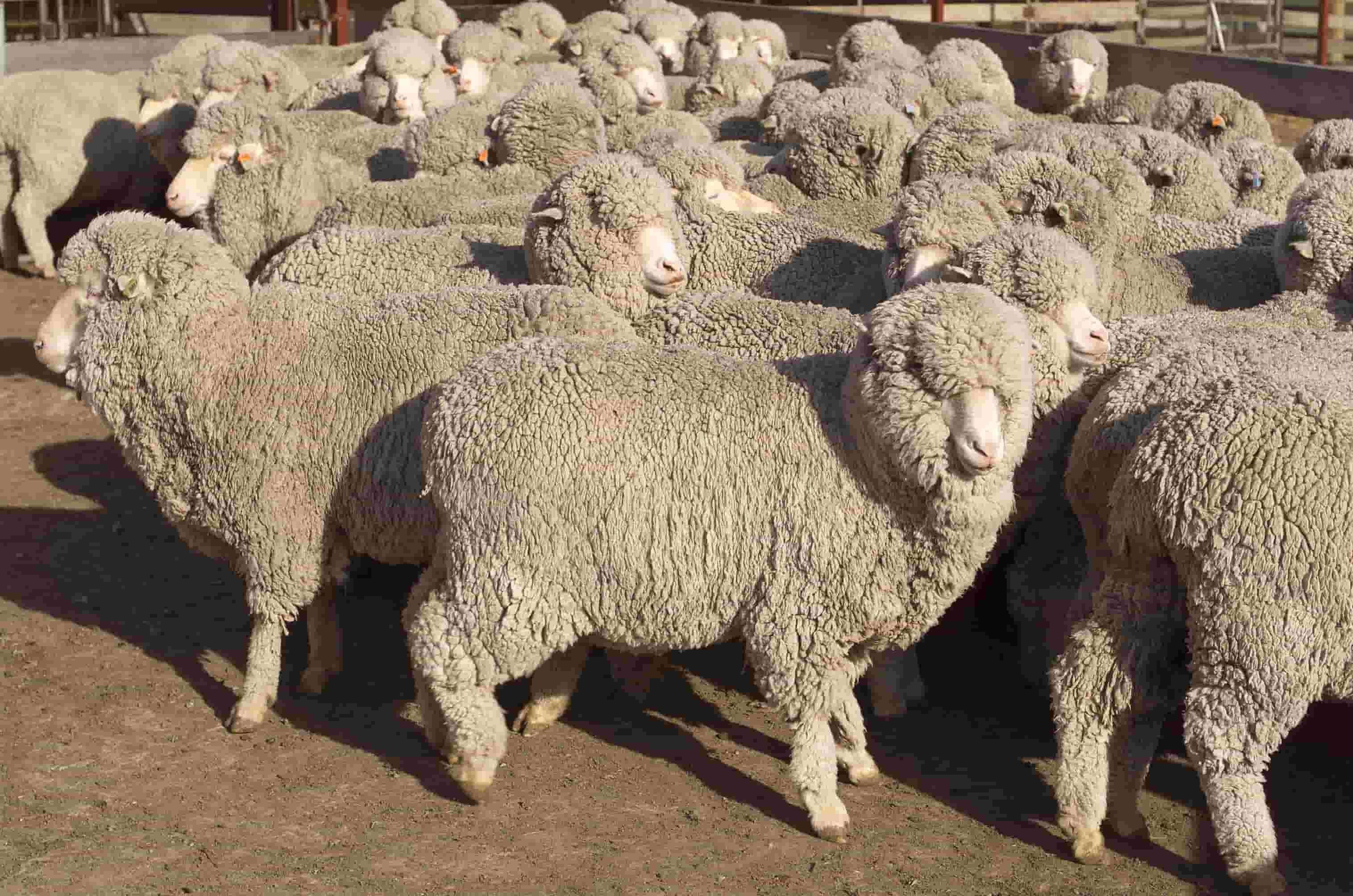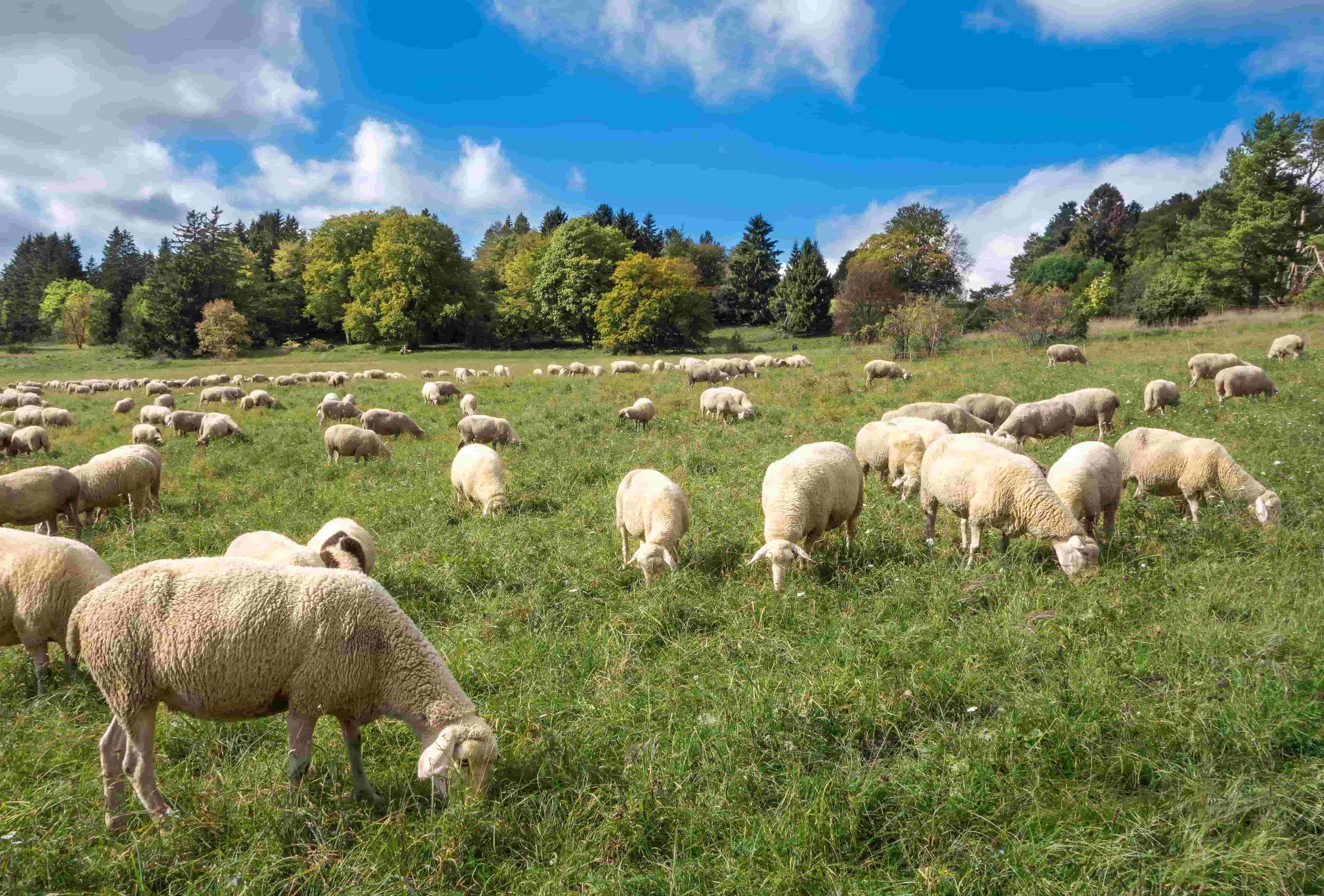Sheep Farming

Sheep farming is a form of farming with roots that can be dated back to nearly 9000 BC and are among the first animals to be domesticated by humans.
Sheep farming usually means raising sheep commercially on farms for the production of meat, milk, wool or manure.
Some Benefits of Sheep Farming
- - Sheep can be low maintenance.
- - Sheep can give birth from one to three lambs each time they give birth, increasing the size of the herd
- - Wool, meat and milk from the sheep can all be sources of income
Having a herd of sheep can be great, but knowing which breeds of sheep can produce the highest quality products can be a great piece of knowledge for the shepherd.
Here’s a look at a few different breeds of sheep and their uses:
Bannur Sheep
Some of the characteristics of a Bannur sheep include:
- - White body with brown colour on head and neck
- - Convex face with medium drooping ears
- - Short legs, short tail and coarse wool
Bannur sheep are highly sought after for their meat, twinning ability and success in producing crossbreeds with goats. They’re also able to adapt to different climate types.
Delaine Merino Sheep

The Delaine Merino has a very heavy, wrinkly hide, little carcass value and is bred mostly for its fine wool. Female ewes can weigh from 125 to 180 pounds with a full fleece while rams can weigh between 175 to 235 pounds with a full fleece. Because their wool does not stop growing, they need to be shorn at least once a year. Failure to do so can result in heat stress, mobility issues and blindness.
Dorset Sheep
Dorsets, both polled and horned, are all white, medium in size and have good body and muscle composition, making them desirable for meat production. Another main attraction of the Dorset is their ability to lamb at almost any time during the year and capable of producing four or five lambs per year, resulting in larger flocks.
Rideau Sheep
One of three Canadian breeds of sheep, Rideaus are large in size with good body length and capacity. The face is free of wool and will appear white or mottled. Rams can range in size from 80-100kg and ewes from 75-95kg. The breed is used for meat, but nearly 50% of ewes carry three lambs or more during pregnancy and another 40% are known to carry twins.
Tunis Sheep
At birth, Tunis lambs can weigh between 7-12 pounds. Mature rams in breeding condition can weigh between 175 and 225 pounds whereas ewes will weigh nearly 50 pounds less. When born, Tunis lambs will appear red in colour and may have a white spot on the forehead and tip of the tail. Tunis are bred for their meat and wool, and are popular because they are known for disease resistance and tolerance to different climates.
Keeping Sheep Safe
People breed sheep for their meat and predators prey on sheep for the same reason.
The most common predators to sheep include coyotes, dogs, bears, eagles, foxes and wolves.
Sheep can be virtually defenseless as their only way to try and escape predators is to run. Investing in breeds of dogs that are natural livestock protectors including Great Pyrenees, Komondor, Tibetan Mastiff and Akbash can help fend off any predators.
What to Feed Sheep

Sheep mostly eat grass, clover and forbs (a broad-leaf plant other than grass). They’ll also enjoy hay, silage, grain and by-products including soybean hulls, peanut hulls, whole cottonseed and corn gluten feed.